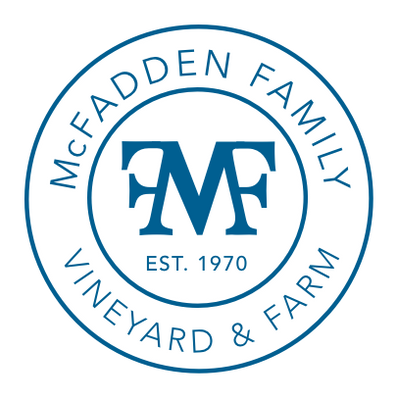50 Years of Organic Farming
The Short Version
From day one, a principal tenant of ours was to “leave the ground better than we found it.” We feel incredibly lucky to be able to call this corner of the world home and because of that we are dedicated to being good stewards of the land. This video tells a brief story of how and why we’ve been organic for all these years:
The Long Version: Organic From the Start
Before there was a designation called "organic", Guinness was doing it that way. In 1991, we were certified by California Certified Organic Farmers (CCOF) but we’ve been that way since planting the first vines in 1970. We proudly state on our wine labels: “made with organic grapes.” This is an assurance that at no time were any chemical fertilizers or pesticides ever used in the production of the grapes in our wines. And since we live right in the middle of the vineyards, it also assures us that we are raising our families in a safe place.

In Practice
Being organic means we use no chemicals or chemically derived material whether it’s herbicides, insecticides or fertilizers. We use compost, mined limestone and rock phosphate for soil amendments, mechanical processes for weed suppression and cultivation, and in the rare instances that we need to combat bugs, we use CCOF accepted, organically derived applications made from flowers like pyrethrum. We plant cover crops in the vine rows each winter to prevent rain compaction of the soil and impart organic material and nutrients.
Biodiversity... AKA Our Neighbors
The headwaters of East Fork of the Russian River wind through the Farm, encouraging plant, insect and animal biodiversity. This helps build a strong ecosystem creating an ideal setting for a healthy organic vineyard. We have a robust insect biodiversity here, which promotes pest management via natural predators (i.e: insects-eating-insects) and helps us to avoid spraying chemicals or pesticides. A variety of invertebrates like praying mantis, dragonflies, ladybugs, spiders, beetles, butterflies, and bees aid in the pollination of native plant species, break down dead plants and animals, and provide food for fish, reptiles, amphibians, birds, and other small mammals. The Russian River itself hosts otters, crawdads, rainbow trout, and turtles among others. And as for the larger mammals often seen around the farm, we’ve got bears, bobcats, mountain lions, coyotes, gray foxes, black tail deer, and wild turkeys.


